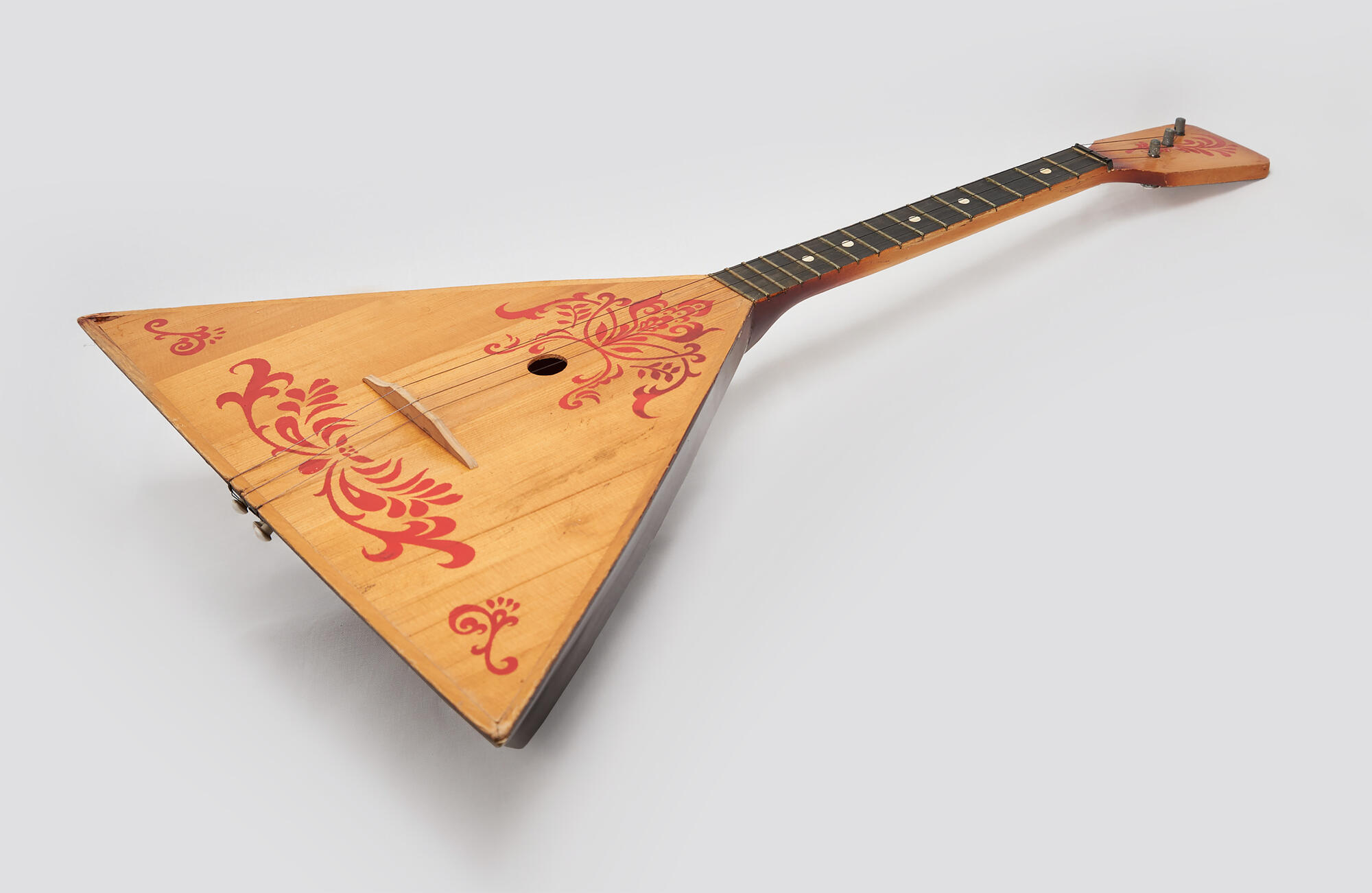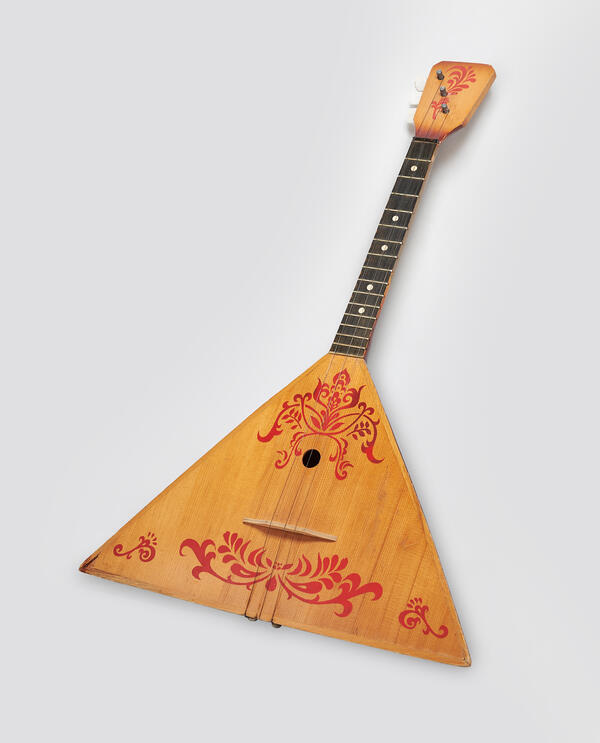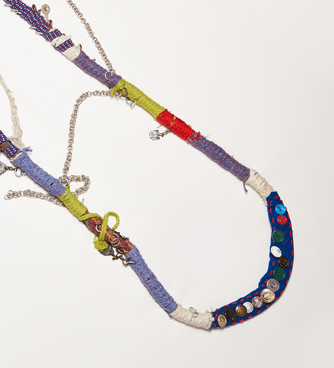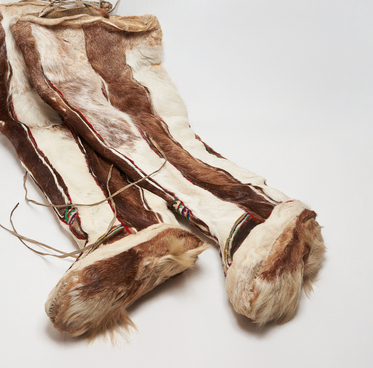The balalaika, along with harps and accordions, is considered one of the symbols of the traditional Russian musical culture.
This plucked string instrument became extremely popular among Russian and Ukrainian performers in the late 17th century (the balalaika was first mentioned in the Moscow chronicles for 1688).
Until the 18th century, masters made balalaikas without adhering to a strict list of rules: balalaikas could have two to six strings, the body could be triangular, round, or oval, made of any available materials. Nikolai Vasilyevich Gogol, for example, mentions pumpkins called gorlyanki in the “Dead Souls”, “from which in [Russia] balalaikas are made, two-stringed light balalaikas, the adornment and delight of a nimble young rustic just out of his teens…”
It is likely that the instrument got its name from the words “balakat”, “balagurit” meaning “to talk, to cheer up”. For a long time, it was perceived as a frivolous, peasant instrument. The balalaika replaced the domra — a string instrument played by the skomorokhi who sang satirical songs that were officially banned under Tsar Alexei Mikhailovich as “demonic”.
In the 19th century, the technique of playing the balalaika was almost completely forgotten. The educator and musician Vasily Vasilyevich Andreyev managed to revive interest in this element of folk arts. He proposed to choose the triangular shape of the body with three strings as a standard version and modernized some stages of the production process. The famous craftsmen Semyon Ivanovich Nalimov and Franz Stanislavovich Paserbsky, among others, brought Andreyev’s idea to life. Paserbsky created a whole family of instruments, which formed the basis of the Russian folk orchestra: the prima, piccolo, tenor, alto, bass and double bass balalaikas.
Then it was possible to find skilled performers who were able to train new musicians. In 1887, Vasily Andreyev organized an ensemble of folk instruments enthusiasts: they played the balalaika, domra and gusli, horns (“rozhok” instruments) and zhaleikas (folk clarinets), nakry (kettledrums) and tambourines. On April 1 (March 20), 1888, with the support of Alexander III, the ensemble performed in front of a high-profile audience in the building of the St. Petersburg Society of Mutual Credit.
The exhibit was donated to the museum by Anatoly Pavlovich Burkov, a resident of the village of Oktyabrskoye, a former cultural worker and one of the first leaders of the “Silver Thread” folk choir.




